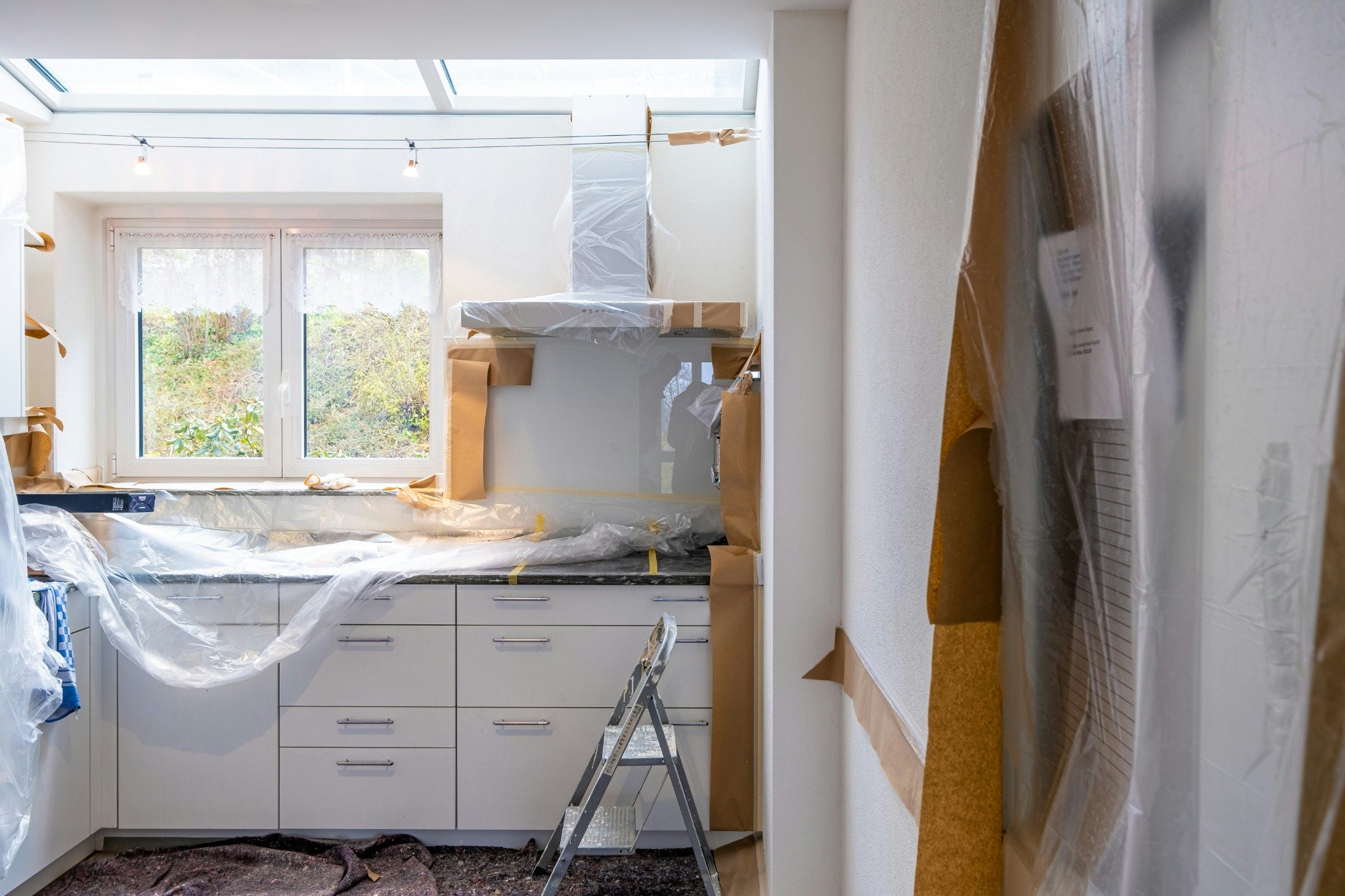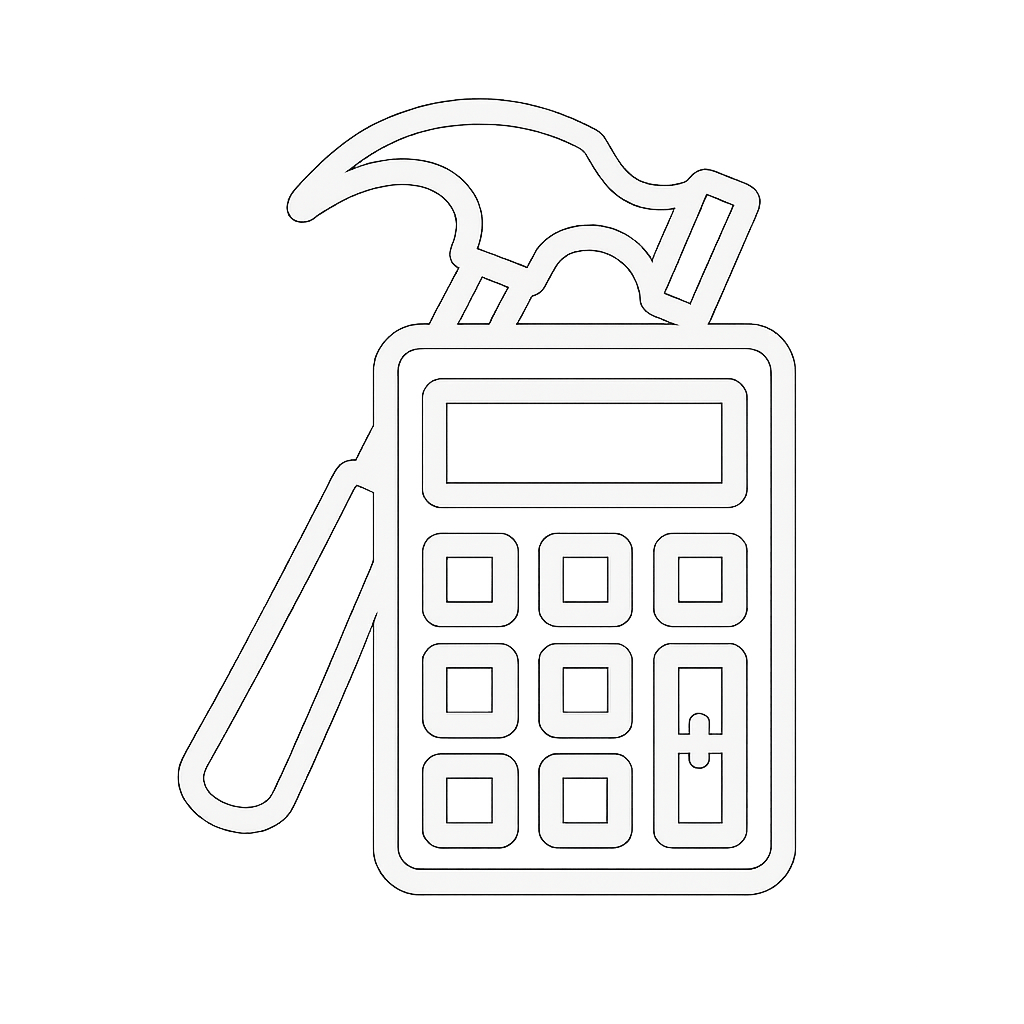
Results
Understanding Your Tiling Project
Our Tile Calculator helps you estimate the number of tiles needed for your project, whether it's for a floor, wall, or backsplash. Accurate measurements and accounting for waste are key to a successful and cost-effective tiling job.
Tiling Tips for a Professional Look:
- Measure Carefully: Double-check your dimensions. For irregular areas, break them into smaller, manageable rectangles and add them up.
- Factor in Waste: Always add extra for cuts, breakage, and future repairs. A common recommendation is 10-15% extra, especially for diagonal layouts or intricate patterns.
- Choose the Right Mortar and Grout: The type of tile, substrate, and environment will dictate the best mortar and grout to use. Consult manufacturer guidelines.
- Layout is Crucial: Dry-lay your tiles before applying mortar to plan your pattern, ensure even spacing, and minimize cuts in visible areas.
Tile Calculator FAQs:
- Why do I need extra tiles for waste?
- Tiling involves cutting tiles to fit edges, around obstacles, and for patterns. Breakage can also occur. A waste factor (typically 10% for straight layouts, up to 20% for diagonal or complex patterns) ensures you don't run out of material.
- Does tile size affect the number needed?
- Yes, the number of tiles needed for a given area depends directly on the size of each tile. Larger tiles cover more area individually, so fewer are needed, and vice-versa.
- How do I account for grout lines?
- Our calculator estimates based on the area to be tiled. Grout lines are usually accounted for within the tile's nominal size and the overall area calculation. The waste factor helps cover any minor discrepancies.
- What is the best way to clean tiles?
- Regular cleaning with mild, pH-neutral cleaners is usually sufficient. Avoid harsh chemicals or abrasive scrubbers, especially for natural stone or glazed tiles, as they can damage the finish.
